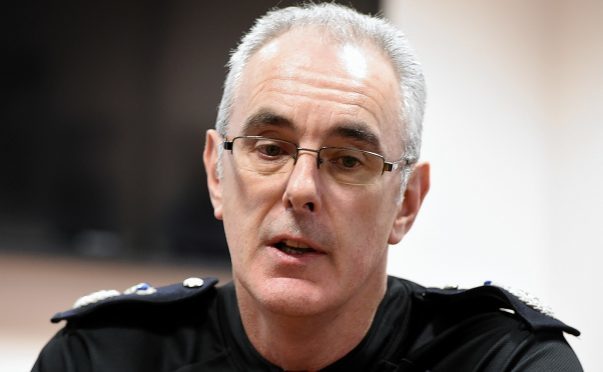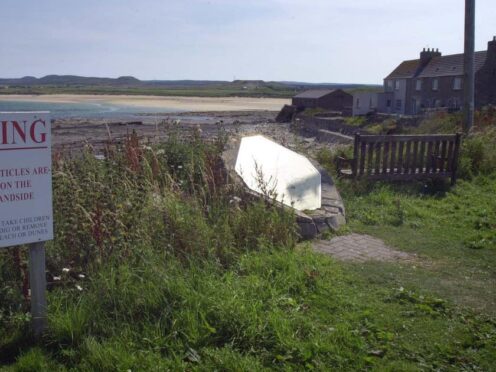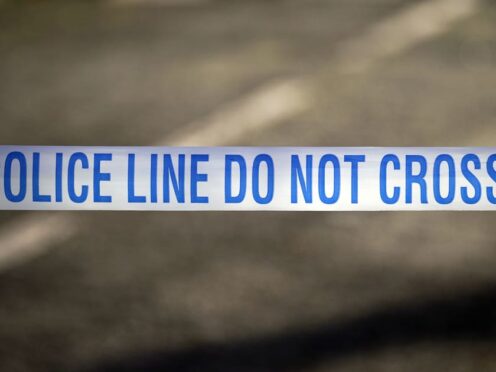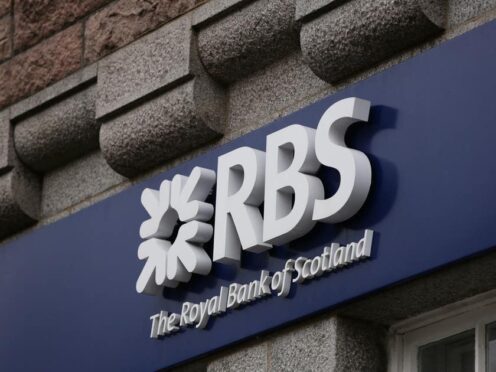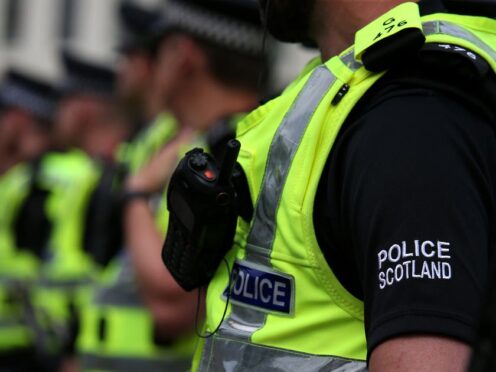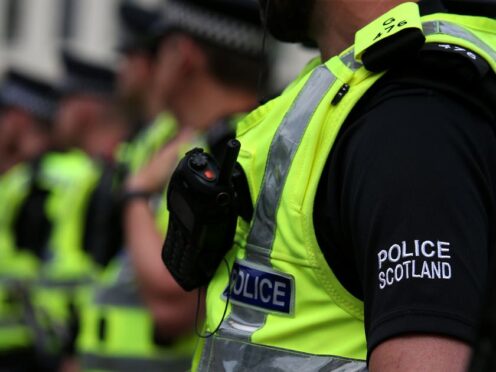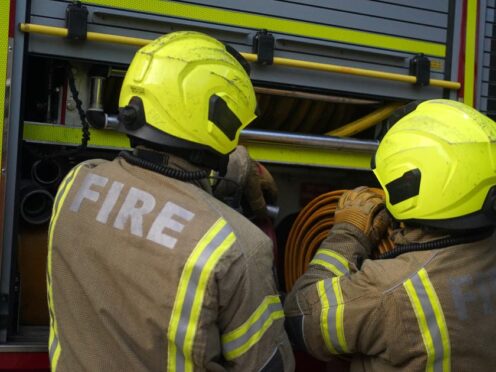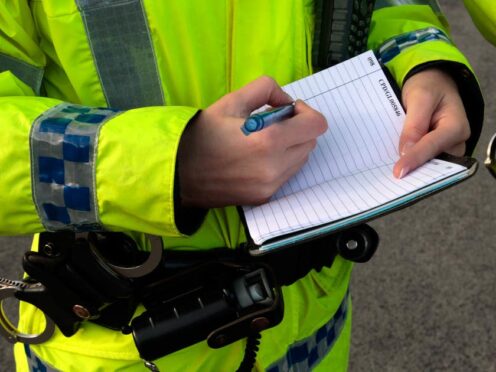Scotland’s chief constable has lost a significant legal challenge against a freedom of information ruling, which it was claimed would have “a chilling effect” on the recruitment of police informants in the fight against organised crime.
Police Scotland refused to tell a journalist who made a request last year how many Covert Human Intelligence Sources it had established since the formation of the new national force in 2013.
But, in October, the Scottish Information Commissioner Rosemary Agnew found the force had wrongly applied exemptions in legislation to withhold the information from Paul Hutcheon and required it to be disclosed.
Scottish freedom of information legislation requires public authorities holding information to give it to a person requesting it, but exemptions apply, including where disclosure would substantially prejudice prevention or detection of crime or where it would be likely to endanger the health or safety of a person.
Following the ruling chief constable Philip Gormley appealed to the Court of Session in Edinburgh seeking to have the decision quashed.
Counsel for the chief constable, Jonathan Barne, told the court: “Police Scotland put forward material they thought was sufficient. They raised these issues. The commissioner said: ‘That’s all too vague’.
“In my submission, in the context of this case and the potential repercussions, the commissioner was acting unreasonably.”
“What we have are the people at the coal face saying to the commissioner – these are the effects we anticipate will occur as a result of this information being disclosed.”
Mr Barne added there was concern the disclosure, together with potential other disclosures, could result in piecing together of information that would be of considerable interest to criminal gangs.
However, David Johnston QC, for the commissioner, argued that the appeal should be refused. He pointed out that the request was for a single number for the whole of Scotland over a period of three years which was not broken down further.
He said: “On the material before her, the commissioner was entitled to reach the decision that she did that these exemptions were not made out on the material that had been advanced to support them.”
The commissioner said, in her ruling, she was not satisfied any of the submissions made by Police Scotland had explained how the effective use of any “relevant source” or CHIS could be compromised by disclosure of the information.
The civil appeal judges refused the chief constable’s appeal and said they were satisfied the commissioner gave clear and intelligible reasons for her decision.
